by Ian Walmsley | Mar 24, 2020
…its curtilage had before the change of use; and (c) if the developer changes use to the provision of takeaway food under Class DA during the relevant period, the use of the building and any land within its curtilage reverts to its previous lawful use at the end of the relevant period or, if earlier, when the developer ceases to provide takeaway food under Class DA. Interpretation of Class DA DA.2 For the purposes of Class DA— the “provision of takeaway food” includes any use for any purpose within article 3(6)(r) of the Use Classes Order, and any use for the provision of hot or cold food that has been prepared for consumers for collection or delivery to be consumed,……by consumers off the premises. So a broad range of options. Legislation Class DA Restaurants and cafes, drinking establishments and drinking establishments with expanded food provision to temporarily provide takeaway food Permitted Development DA. Development consisting of a change of use of a building and any land within its curtilage from— (a) a use falling within— (i) article 3(6)(p) (drinking establishments etc.) of the Use Classes Order; (ii) article 3(6)(q) (drinking establishments with expanded food provision) of that Order; or (iii) Class E(b) (sale of food and drink mostly for consumption on the premises) of Schedule 2 to that Order; or (b) a mixed use for any purpose within article 3(6)(p) and Class E(b), to a use, at…
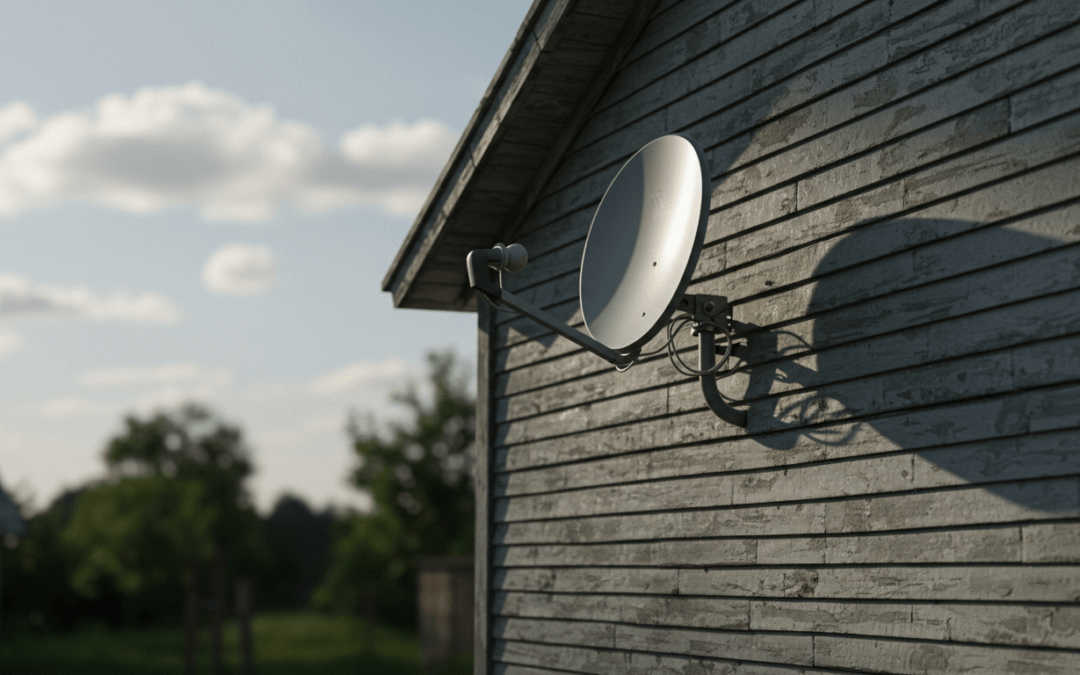
by Ian Walmsley | Jul 15, 2018
…possible. Also see Permitted development rights for householders – Technical Guidance Legislation Class H – microwave antenna on a dwellinghouse Permitted development H. The installation, alteration or replacement of a microwave antenna on a dwellinghouse or within the curtilage of a dwellinghouse. Development not permitted H.1 Development is not permitted by Class H if— (a) permission to use the dwellinghouse as a dwellinghouse has been granted only by virtue of Class G, M, MA, N, P, PA or Q of Part 3 of this Schedule (changes of use); (b) it would result in the presence on the dwellinghouse or within its curtilage of— (i) more than 2 antennas; (ii) a single antenna exceeding 1 metre in length;… Class H – satellite dishes on a house The General Permitted Development Order (GPDO) allows for satellite and other microwave antennae (to give them their correct name) to be erected on many homes or within their curtilage without the need for any planning. Needless to say there are a couple of restrictions on satellite dishes, which we will cover in this article. All these permissions are contained within Part 1 of the GPDO and apply only to dwelling houses. Before starting work check to see if there any conditions that have been placed on your property. These are quite common on new build properties or maybe as a result of a previous planning approval. In those cases full…
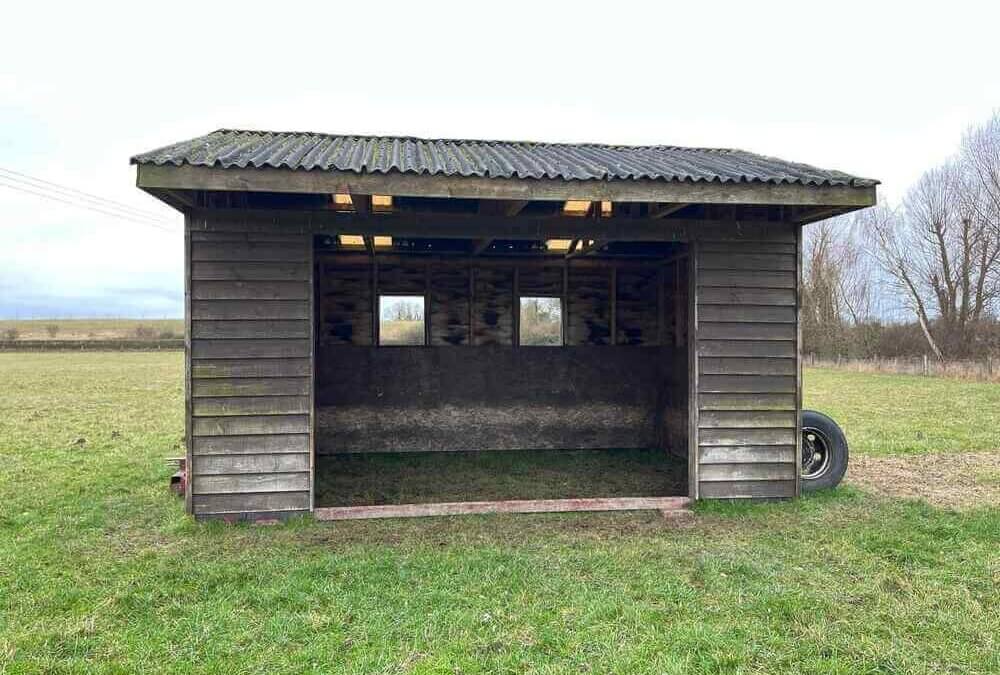
by Ian Walmsley | Jan 10, 2024
…as the shelter or even stables are within the residential curtilage, you will be covered under Class E of Part 1 of the GPDO as this will be considered an outbuilding. Sadly fields are not part of a residential curtilage, so we can’t use that option The answer? You might decide having read this that the mobile field shelter is indeed legal and it can stay. Under the right circumstances, we would probably agree. But that in itself does not prevent enforcement come knocking on the door (or gate in this instance). If you do not have planning permission to keep horses as opposed to grazing them, then enforcement will take action on that breach with any structures being……any local policy that might be a risk you have to take. Other local authorities, and these are growing in number, take a harder stance and will require planning permission for any field shelters. Whether they are correct in that stance, is another matter. Mobile field shelters should be considered chattels in our opinion. If the shelter becomes a stable, then this does complicate matters. If the legal use of the land is agriculture, then both it and the land would be subject to enforcement as the horses are being kept rather than just grazed. Residential curtilage if you are reading this page, as you have horses as pets and they are part of the family, then as long…
by Sheryl Walmsley | Aug 16, 2023
…appearance of the original building would be materially affected; (f) any part of the building as extended or altered would be within 5 metres of any boundary of the curtilage of the original building; or (g) the development would lead to a reduction in the space available for the parking or turning of vehicles. Interpretation of Class B B.2 For the purposes of Class B— (a) the erection of any additional building within the curtilage of another building (whether by virtue of Class B or otherwise) and used in connection with it is to be treated as the extension of that building, and the additional building is not to be treated as an original building; (b) where 2 or more……any additional building within the curtilage of another building (whether by virtue of Class B or otherwise) and used in connection with it is to be treated as the extension of that building, and the additional building is not to be treated as an original building; (b) where 2 or more original buildings are within the same curtilage and are used for the same operational purposes, they are to be treated as a single original building in making any measurement; and (c) “employee facilities” means social, care or recreational facilities provided for employees or servants of the Crown, including crèche facilities provided for the children of such employees or servants. Crown extensions Page Updated: 16th August 2023…

by Sheryl Walmsley | Aug 7, 2023
…surfaces for industrial and warehouse premises Permitted development J. Development consisting of— (a) the provision of a hard surface within the curtilage of an industrial building or warehouse to be used for the purpose of the undertaking concerned; or (b) the replacement in whole or in part of such a surface. Development not permitted J.1 Development is not permitted by Class J if the development would be within the curtilage of a listed building. Conditions J.2 Development is permitted by Class J subject to the following conditions— (a) where there is a risk of groundwater contamination the hard surface must not be made of porous materials; and (b) in all other cases, either— (i) the hard surface is made of…

by Ian Walmsley | Mar 20, 2023
…demolition’ in a conservation area (see section below on Conservation area) Pub or a pub with expanded food as a Sui Generis Use Concert hall, liver performance venue or theatre Statue, memorial or monument that is either a listed building; a scheduled monument; within a cemetery; within the curtilage of a religious building, museum, art gallery or dwellinghouse that has been in place for at least 10 years Permitted development rights have been removed for Part 11 via an Article 4 or a previous planning decision Demolition is subject to an Environmental Impact Assessment as per Article 3 (10) All of the exceptions above will require planning permission and are excluded from Class B – Demolition of buildings. If your……(drinking establishments etc.) of the Use Classes Order; or (ii) article 3(6)(q) (drinking establishments with expanded food provision) of that Order; (d) the building is used, or was last used, for the purpose of— (i) a concert hall; (ii) a venue for live music performance; or (iii) a theatre; or (e) the demolition relates to a statue, memorial or monument (“a commemorative structure”) in place for a period of at least 10 years on the date of any proposed demolition, other than a commemorative structure— (i) that is a listed building; (ii) that is a scheduled monument; (iii) within a cemetery, on consecrated land, or within the curtilage of a place of public worship; (iv) within the grounds of a…

by Ian Walmsley | Apr 15, 2022
[do_widget] Class A – Solar panels on a house or flats The permitted development right of Class A allows you to install, alter or replace solar panels on a residential property without planning permission. This can be a house, bungalow or indeed a block of flats. You are permitted to install it either on the property itself or within the curtilage. The solar photovoltaic (pv) or better known as a solar panel must not protrude more than 20cm or 0.2m beyond the plane of the wall or roof slope. On flat roofs these can protrude by 60cm or 0.6m This would apply to solar panel roof tiles as well as the larger solar panels. This……cannot install on a listed building or on a scheduled monument. Legislation Class A – installation or alteration etc of solar equipment on domestic premises Permitted development A. The installation, alteration or replacement of microgeneration solar PV or solar thermal equipment on— (a) a dwellinghouse or a block of flats; or (b) a building situated within the curtilage of a dwellinghouse or a block of flats. Development not permitted A.1 Development is not permitted by Class A if— (a) the solar PV or solar thermal equipment would protrude more than 0.2 metres beyond the plane of the wall or in the case of a pitched roof, the roof slope when measured from the perpendicular with the external…

by Ian Walmsley | Mar 22, 2022
…the erection of any additional building within the curtilage of another building is to be treated as the extension of that building and the additional building is not to be treated as an original building; (b) where 2 or more original buildings are within the same curtilage and are used for the same undertaking they are to be treated as a single original building in making any measurement in connection with the extension or alteration of either of them. (6) In Class C, “the purposes of agriculture” includes fertilising land used for the purposes of agriculture and the maintenance, improvement or alteration of any buildings, structures or works occupied or used for such purposes on land so used. (7) In……which would be within 90 metres of the proposed development; (b) a reference to 400 metres in paragraphs A.1(i) and (k), A.2(1)(a), B.1(d) and B.5(1) of this Part is a reference to distance measured along the ground. (3) The circumstances referred to in paragraphs A.2(1)(a) and B.5(1) of this Part are— (a) that no other suitable building or structure, 400 metres or more from the curtilage of a protected building, is available to accommodate the livestock; and (b) (i) that the need to accommodate the livestock arises from quarantine requirements, or an emergency due to another building or structure in which the livestock could otherwise be accommodated being unavailable because it has been damaged or destroyed by fire, flood or…
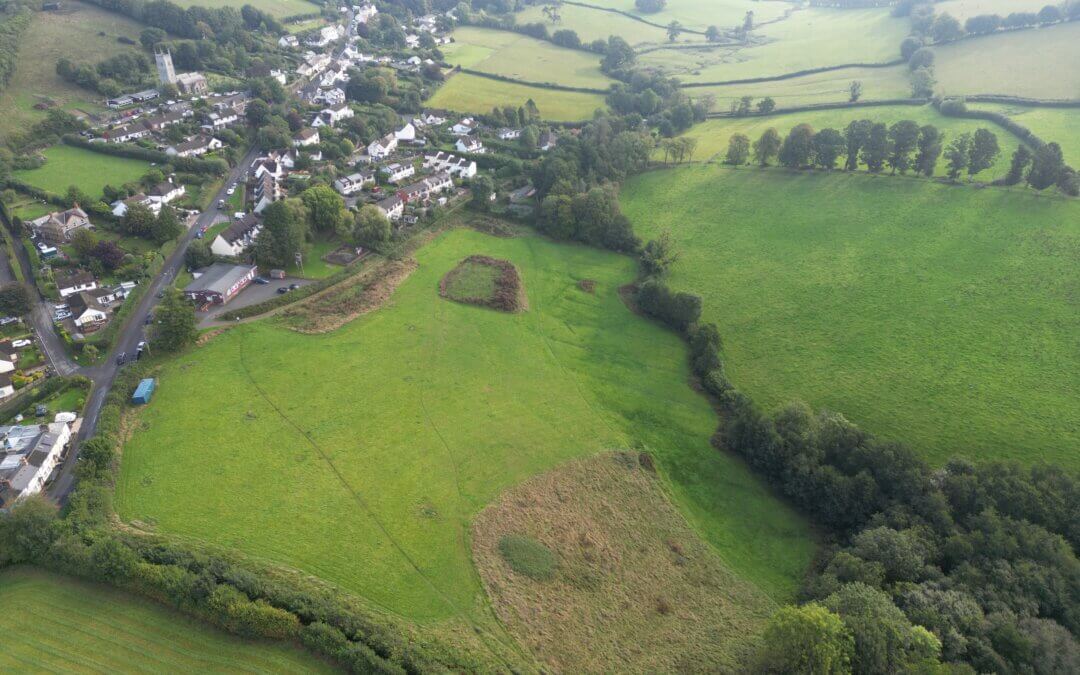
by Ian Walmsley | Mar 22, 2022
…area; (b) the external appearance of the premises would be materially affected; (c) any part of the development would be within 25 metres of a metalled part of a trunk road or classified road; (d) it would consist of, or involve, the carrying out of any works to a building or structure used or to be used for the accommodation of livestock or the storage of slurry or sewage sludge where the building or structure is within 400 metres of the curtilage of a protected building; (e) it would relate to fish farming and would involve the placing or assembly of a tank on land or in any waters or the construction of a pond in which fish may be……kept or an increase (otherwise than by the removal of silt) in the size of any tank or pond in which fish may be kept; o (f) any building for storing fuel for or waste from a biomass boiler or an anaerobic digestion system would be used for storing waste not produced by that boiler or system or for storing fuel not produced on land within the unit; or (g) the extension of a building would be carried out on land or a building that is, or is within the curtilage of, a scheduled monument. B.2 Development is not permitted by Class B(a) if— (a) the height of any building would be increased; (b) the cubic content of the original…
by Ian Walmsley | Feb 28, 2022
…only be used once in relation to a particular site; (da) for the purposes of the Use Classes Order as it applies to Class T of Part 3 of Schedule 2 to this Order, during the period of use as a state-funded school the building and any land within its curtilage retains the use class it had before changing to the use as a state-funded school; (db) for the purposes of Class S of Part 3 of Schedule 2 to this Order, during the period of use as a state-funded school the building and any land within its curtilage retains the use as an agricultural building before changing to the use as a state-funded school; and (e) the site reverts……curtilage as a state-funded school falling within Class F.1(a) (provision of education) of Schedule 2 to the Use Classes Order for 2 academic years. Development not permitted C.1 Development is not permitted by Class C if— (a) the existing use of the site is not a class of use specified in Schedule 1 or 2 to the Use Classes Order; (b) the site is, or forms part of, a military explosives storage area; (c) the site is, or forms part of, a safety hazard area; (d) the building is a listed building or a scheduled monument; or (e) the building is used for a purpose falling within Class F.2 (local community) of Schedule 2 to the Use Classes Order. Conditions…
by Ian Walmsley | Feb 27, 2022
[do_widget] Class S – agriculture building to state funded school Class S allows for the conversion of an agricultural building or buildings and any land within its curtilage to a state funded school. This would not apply to a private school. That would require full planning. Class S is date stamped to 20th March 2013, so it must have been in use as an agricultural building on that date and since. If the building is newer then a period of 10 years must lapse before it can be converted to a state funded school. However as we are now passed 20th March 2023, we are now simply in a rolling 10 year date stamp – therefore……Class Q – Agricultural to residential Part 3 – Class R – Flexible Commercial use Part 3 – Class S – State funded school Is the land agricultural or equestrian? What is an Agricultural Unit? Mobile Field Shelters Part 4 – Class B – Temporary Use of Land Part 4 – Class BC – Temporary campsites Legislation Class S – agricultural buildings to state-funded school Permitted development S. Development consisting of a change of use of a building and any land within its curtilage from a use as an agricultural building to use as a state-funded school falling within Class F.1(a) (provision of education) of Schedule 2 to the Use Classes Order. Development not permitted S.1 Development is not…
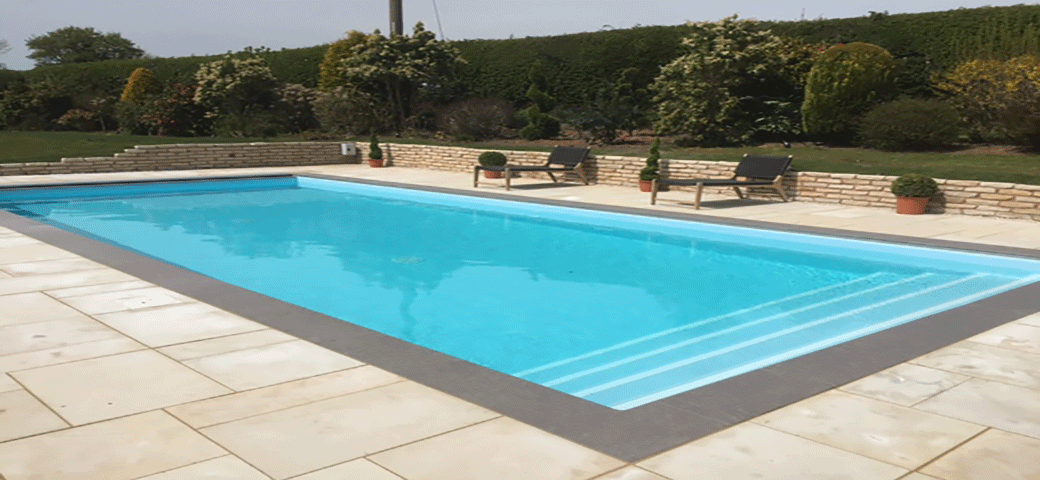
by Ian Walmsley | Mar 6, 2022
…wish to construct a pool to the side of a property in a conservation area, you will require planning permission. Planning Geek can help with that. Otherwise move it to behind the house and you are fine. The actual legislation says ‘in a conservation area, development is not permitted by Class E if any part of the building, enclosure, pool or container would be situated on land between a wall forming a side elevation of the dwellinghouse and the boundary of the curtilage of the dwellinghouse‘ – therefore this includes both the original and any subsequent rear extensions. If the pool came before the rear extension, you should be fine. But please keep evidence. Note that as this is the……behind the house you need to be careful. As long as it is not more than 20m from any wall of the main dwelling house, you should be fine. However beyond 20m, then you are limited to an overall footprint of 10 sq m. The actual legislation says ‘In the case of any land within the curtilage of the dwellinghouse which is within— (a) an area of outstanding natural beauty; (b) the Broads; (c) a National Park; or (d) a World Heritage Site, development is not permitted by Class E if the total area of ground covered by buildings, enclosures, pools and containers situated more than 20 metres from any wall of the dwellinghouse would exceed 10 square metres.’ Importantly…
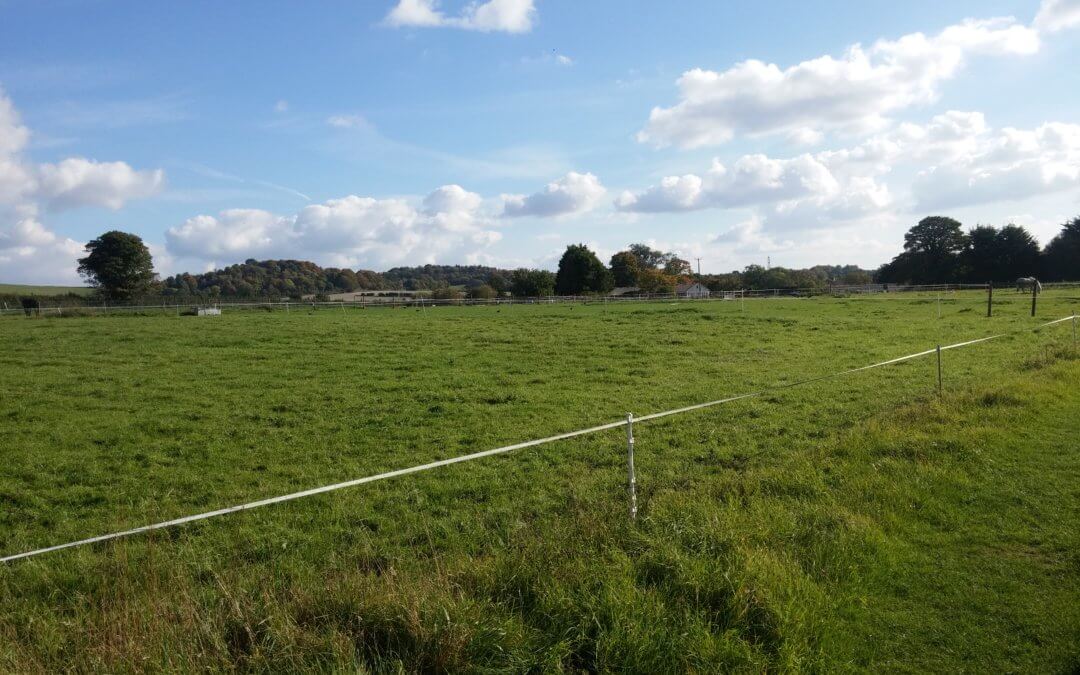
by Ian Walmsley | Nov 8, 2020
Class B – temporary use of land The permitted development right of Class B allows you to temporary use of land for any purpose for up to 28 days in any calendar year. The land must not be part of your garden or curtilage of a building. If you hold a market or motor car or motorcycle racing / practising you are limited to 14 days in any calendar year. These days do not need to be consecutive and can be spread out over the year as required. However, you must remove items such as portable toilets between uses, as the temporary use of land must be returned to its former state between each visit. As from 26th July……London boroughs depending upon their requirements. Are there any limitations? There are a couple. Apart from it not being part of the curtilage of a building, it can’t be used as a caravan site (although certain rights do exist under Class A of Part 5) and if you are within a SSSI then you can’t hold car and bike racing, clay pigeon shooting or war games. Nor may you use it as a location for an advertisement. A building is classed as any structure or erection, but does not include plant or machinery nor any fence, wall or other means of enclosure. Land would be equal to a planning unit – therefore you can do this 28 days…

by Ian Walmsley | Jul 15, 2018
…the front elevation then either the hard surface must be made of porous materials, or provision is made to direct run-off water from the hard surface to a permeable or porous area or surface within the curtilage of the house. In other words, make it porous or install a drain! That is the only requirement. There is no requirement on size. If you are intending to park a car on the hard surface, then you will require a drop kerb, as it is an offence to cross a pavement without a drop kerb. Speak to the local authority if you need a dropped kerb to access your new driveway. Also see Permitted development rights for householders – Technical Guidance ……Legislation Class F – hard surfaces incidental to the enjoyment of a dwellinghouse Permitted development F. Development consisting of— (a) the provision within the curtilage of a dwellinghouse of a hard surface for any purpose incidental to the enjoyment of the dwellinghouse as such; or (b) the replacement in whole or in part of such a surface. Development not permitted F.1 Development is not permitted by Class F if— (a) permission to use the dwellinghouse as a dwellinghouse has been granted only by virtue of Class G, M, MA, N, P, PA or Q of Part 3 of this Schedule (changes of use); or (b) the dwellinghouse is built under Part 20 of this Schedule (construction of new dwellinghouses)….
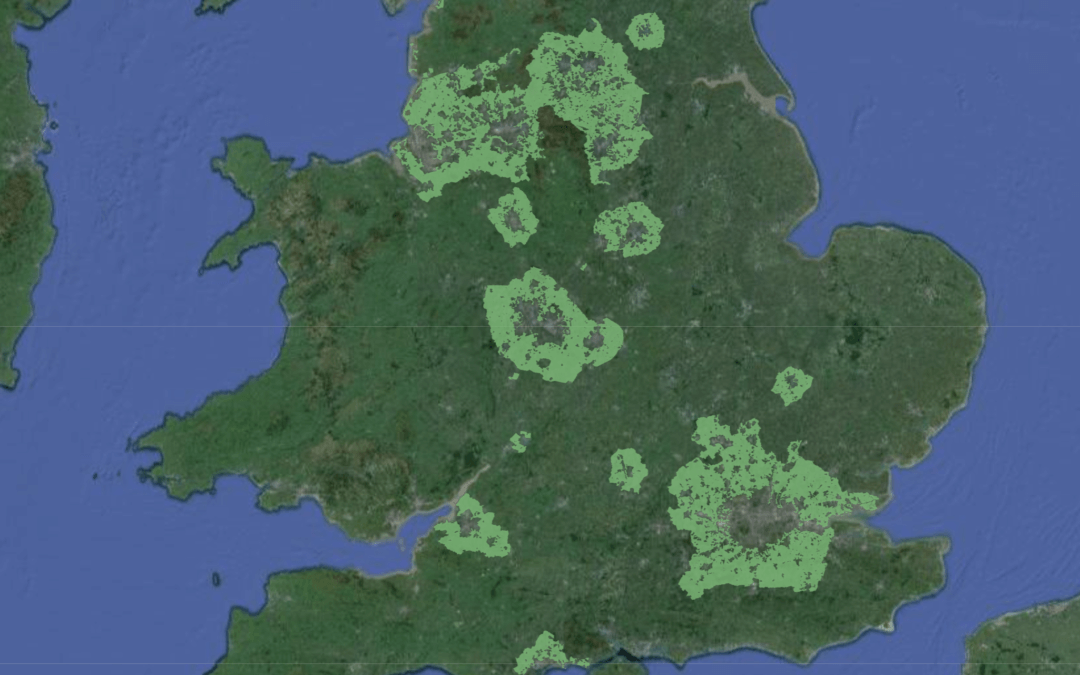
by Ian Walmsley | Jul 13, 2024
…description of Previously Developed Land can be found in the NPPF. Land which is or was occupied by a permanent structure, including the curtilage of the developed land (although it should not be assumed that the whole of the curtilage should be developed) and any associated fixed surface infrastructure. This excludes: land that is or was last occupied by agricultural or forestry buildings; land that has been developed for minerals extraction or waste disposal by landfill, where provision for restoration has been made through development management procedures; land in built-up areas such as residential gardens, parks, recreation grounds and allotments; and land that was previously developed but where the remains of the permanent structure or fixed surface structure have blended…
by Ian Walmsley | Oct 25, 2023
…of buildings for a school with a RAAC-affected building Permitted Development CB. The temporary provision of buildings on school land where the school has a RAACaffected building. Development not permitted CB.1. Development is not permitted by Class CB— (a) if the school land covered by the building provided is, or forms part of— (i) a site of special scientific interest, (ii) a safety hazard area, (iii) a military explosives storage area, or (iv) a scheduled monument or land within its curtilage; (b) if any part of any building provided would be within 5 metres of the boundary of the curtilage of land adjacent to the school land, where that adjacent land is used for a purpose within Part C (residential…
by Sheryl Walmsley | Aug 21, 2023
…of— (aa) the height of the existing building, or (bb) 12 metres; (d) on land which is or forms part of— (i) article 2(3) land; (ii) a site of special scientific interest; (iii) a listed building or land within its curtilage; (iv) a scheduled monument or land within its curtilage. (2) Development is not permitted by Class TA(a) if the total floor space of any buildings added to the closed defence site via erection or extension under Class TA(a) would exceed 25% of the total floor space of single living accommodation on the closed defence site immediately before 11th January 2022. (3) Development is not permitted by Class TA(b) if the total floor space of any buildings added to the…
by Sheryl Walmsley | Aug 16, 2023
Class D – hard surfaces for operational Crown buildings We will not be expanding upon Class D, which is for hard surfaces by the Crown within the curtilage of an operational Crown building, within Planning Geek at this time. The legislation can be found below. If you need the guidance of Planning Geek in the process for Class D, please contact us for any assistance or book a Zoom call today. Legislation Class D – hard surfaces for operational Crown buildings Permitted development D. The provision by or on behalf of the Crown of a hard surface within the curtilage of an operational Crown building. Crown hard surfaces Page Updated: 16th August 2023…
by Ian Walmsley | Mar 14, 2023
…flown without requiring planning permission from the local authority. You do however need to ensure that you comply with the rules. These flags can be flown in the curtilage of a building or from a building. House flag – flag is allowed to display the name, emblem, device or trademark of the company (or person) occupying the building, or can refer to a specific event of limited duration that is taking place in the building from which the flag is flown Any sports club (but cannot include sponsorship logos) The Rainbow flag (6 horizontal equal stripes of red, orange, yellow, green, blue and violet) – the Pride flag Specified award schemes – Eco-Schools, Queen’s Awards for Enterprise and Investors in……This will be two flags (unless you double up on a flagpole) There are three locations for flagpoles – mounted on the building, projecting from the side of the building and ground mounted within the curtilage. You can fly flags in a maximum of two locations. These two can be ground mounted locations. However you can’t have more than one protruding or roof mounted flags. So the combinations would be: 2 x ground mounted; or 1 ground & 1 roof; or 1 roof and 1 projecting; or 1 projecting and 1 ground mounted. Other restrictions Ground mounted flagpoles must have a maximum height of 4.6m Flags on projecting flagpoles can be a maximum size of 2 square metres….
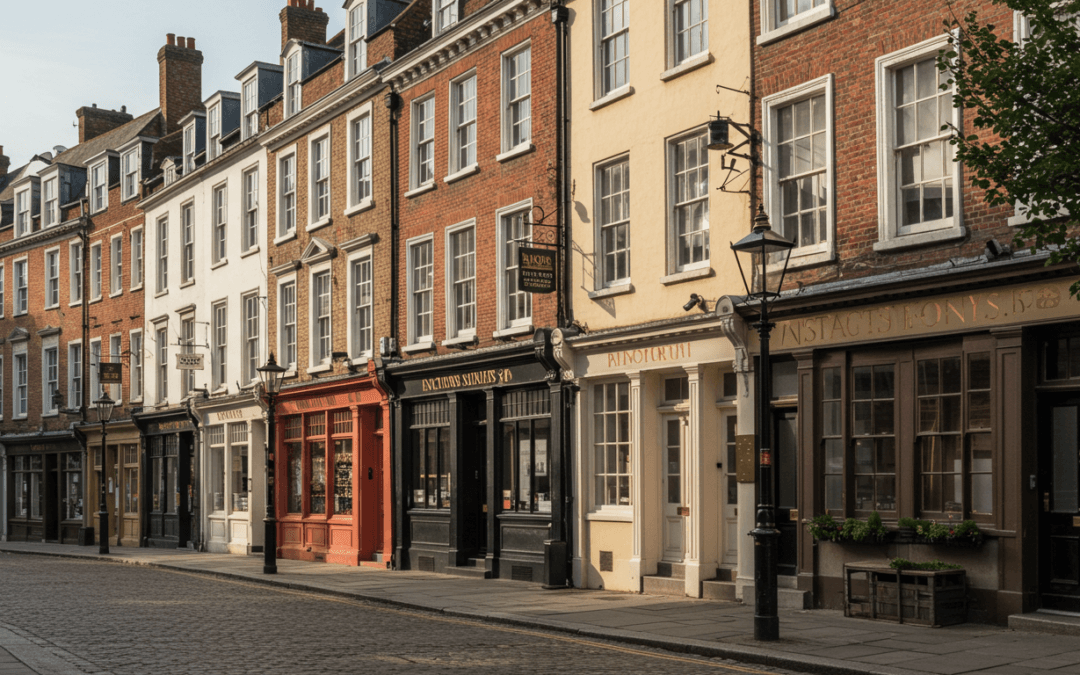
by Ian Walmsley | Mar 12, 2023
…be a criminal act. Note that these restrictions will apply to the curtilage of a listed building as well as the listed building itself. Engage with the conservation officer at any early stage. However just because you have permitted development rights and do not need full planning, does not regretfully, mean that you can go ahead unless the conservation officer or local authority grants listed building consent. Yes, there are restrictions – but it certainly doesn’t mean that you do not have them. This page will dispel a few myths…. What can I do with my house if it is listed?? Before you start altering your dwelling, consult the conservation officer to see if additional permissions are……Check each section for any other conditions or restrictions that might apply. Note you may still require listed building consent. Temporary buildings ✅ – More information Moveable structures ✅ – More information Temporary school for 2 years ✅ – More information Temporary school for 3 years ✅ – More information Ground source heat pumps ✅ – More information Water source heat pumps ✅ – More information Demolition of walls or fences ✅ – More information Demolition of buildings under 50 cubic metres ✅ – More information Demolition of buildings subject to prior approval ✅ – More information Other matters Other permitted development rights may exist in a listed building or within the curtilage of a listed building and…















